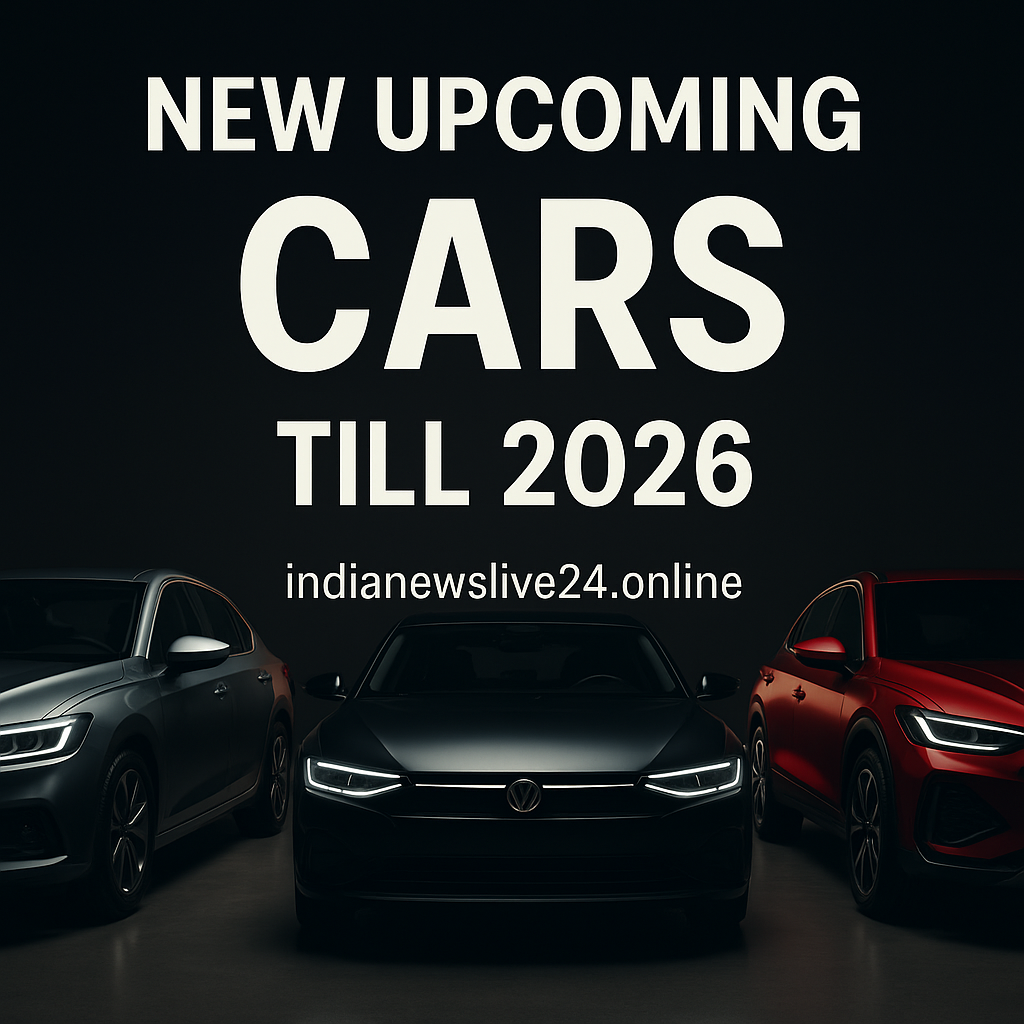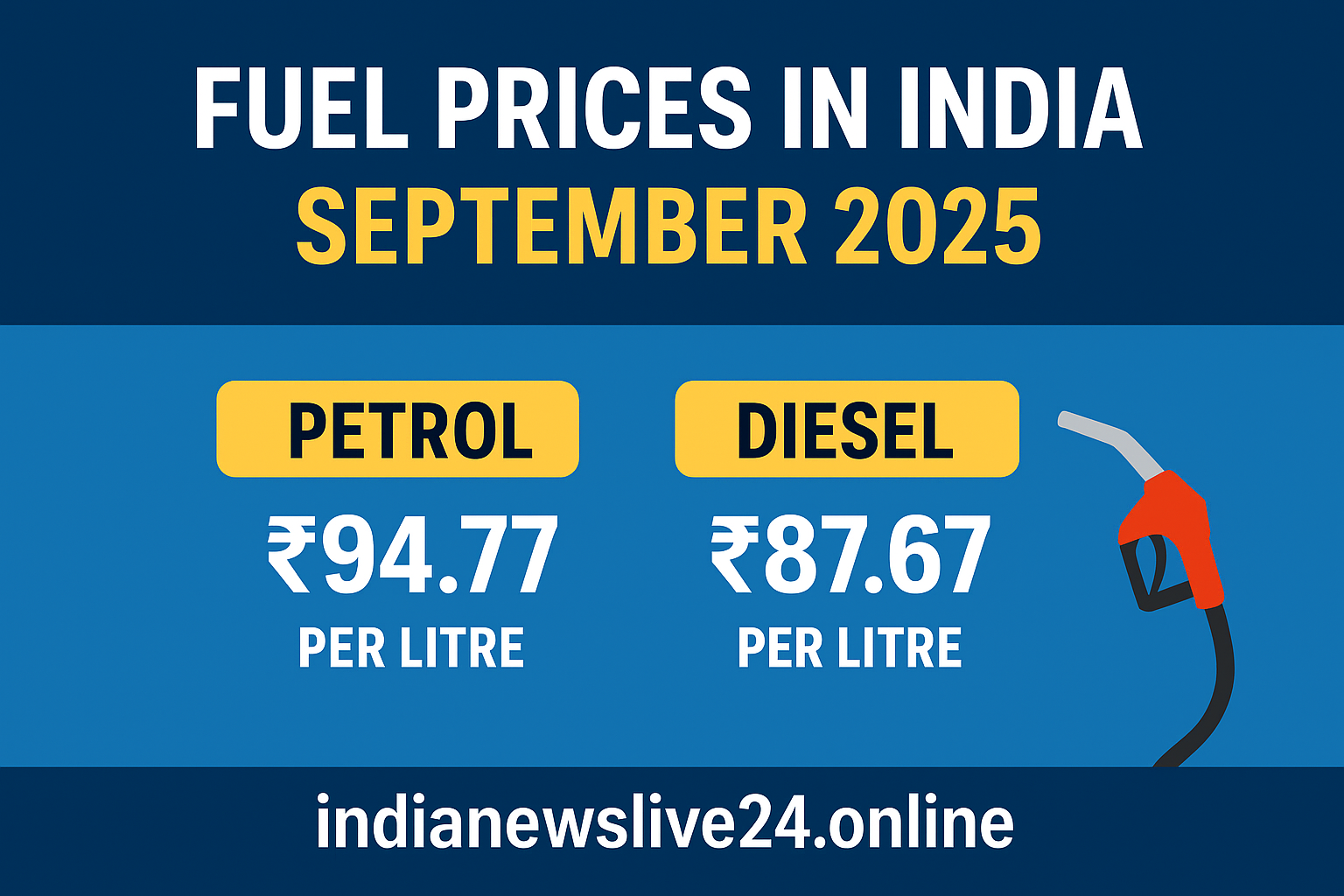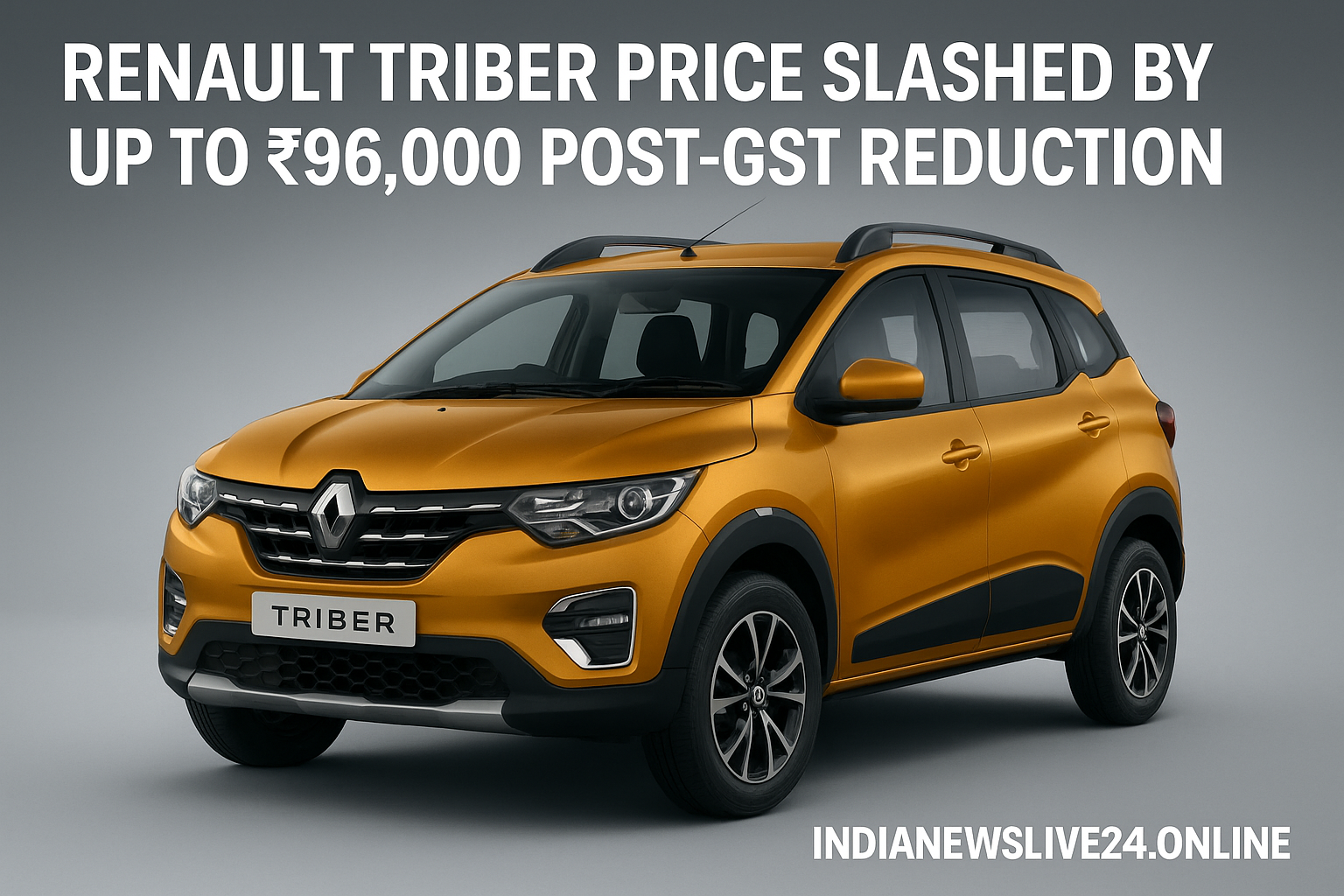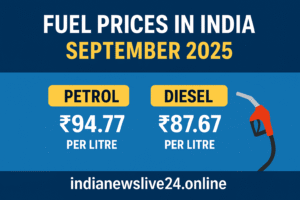India’s automotive scene in 2025 is revving at full throttle. From global giants like Tesla opening its doors in Mumbai to domestic powerhouses like Tata Motors and Hero MotoCorp making bold EV moves, this is the year India shifts gears from ambition to acceleration.
Whether you’re a car buyer, EV enthusiast, policy geek, or someone watching the rise of India’s clean-tech revolution, this article breaks down every major auto milestone making headlines this July.
The Future Rolls In: Tesla’s First Experience Center Opens in Mumbai
What it means for Indian EV fans
Tesla has officially planted its flag in India with the launch of its first Experience Center at Jio World Drive, Mumbai. Unlike a conventional showroom, this isn’t about aggressive sales—it’s all about experience.
Interactive vehicle displays
Touchscreens to explore Tesla features
Demo rides and VR setups
Customer education zones for charging and autopilot
By focusing on immersion over inventory, Tesla aims to build trust among Indian buyers, especially those new to the EV ecosystem.
Why Mumbai?
Mumbai is a strategic location:
High net-worth consumer base
Growing EV infrastructure
Proximity to investors and auto media
With this move, Tesla not only enters India—it does so with flair and intent.
India’s PLI-Auto Scheme Hits Big Numbers: ₹29,576 Crore Investment & 45,000 Jobs Created
The government’s bet on clean mobility is paying off
India’s ambitious Production Linked Incentive (PLI) scheme for automobiles and auto components has exceeded expectations.
Total investment attracted: ₹29,576 crore
New jobs created: Nearly 45,000
Claims disbursed (FY24–25): ₹322 crore
OEMs approved under scheme: 95+
Budget allocated: ₹25,938 crore over five years
These figures aren’t just numbers—they signal the massive industrial shift toward clean, efficient, and localized production.
What is the PLI scheme?
Launched in 2021, the PLI scheme was designed to:
Attract global and domestic investment in advanced auto technologies
Encourage local manufacturing of electric vehicles, hydrogen fuel systems, and critical components
Boost India’s global auto competitiveness
Two separate tracks were set:
- Champion OEM Incentive Scheme – for complete vehicle manufacturers
- Component Champion Scheme – for parts and subsystems
This dual-track format ensures both end-products and the supply chain get a performance-linked boost.
Tata Motors & Mahindra Dominate PLI Claims: ₹2,000+ Cr on the Table
Who’s cashing in—and why it matters
Company Estimated Claim (FY25)
Bajaj Auto ₹630 crore
Tata Motors ₹409 crore
Ola Electric ₹380 crore
TVS Motor ₹330 crore
Mahindra & Mahindra ₹283 crore
Some of India’s top auto players are leading the charge in PLI claims:
Combined, these five firms account for over ₹2,000 crore in incentives.
This is a clear signal that India’s largest OEMs are:
Scaling up EV and hybrid production
Committing to sustainable manufacturing
Increasing local job creation
The Government Pushes for Faster Disbursements
Heavy Industries Minister H.D. Kumaraswamy recently addressed auto leaders, pledging quicker disbursal of PLI incentives.
Why it matters:
Accelerates reinvestment into R&D
Keeps India competitive against global supply chains
Improves industry trust in government programs
His ministry is also working with NITI Aayog and Finance Ministry to simplify processes.
Hero MotoCorp Reshuffles Leadership for Its EV Play
Meet Kausalya Nandakumar: CBO of Emerging Mobility
In a major move that reflects Hero’s EV ambitions, the company has appointed Kausalya Nandakumar as Chief Business Officer for Emerging Mobility—the division that oversees the Vida EV brand.
She brings:
18 years of leadership at Mahindra Group
Key roles in electric mobility, logistics (SmartShift), and farm-tech
Deep understanding of India’s B2C and B2B mobility ecosystem
This leadership refresh comes as Swadesh Srivastava, the previous CBO, stepped down for health reasons.
What Hero’s EV Strategy Looks Like
Hero is betting on:
Affordable e-scooters under the Vida brand
Expanding charging networks
Collaborations with city governments and private fleet operators
Nandakumar’s appointment is expected to accelerate innovation, streamline EV launches, and scale up digital-first models.
What Makes 2025 Different in India’s Auto Evolution?
India’s auto sector isn’t just evolving—it’s transforming.
Key Drivers of Change
- Government Backing
PLI schemes, FAME subsidies, and EV infrastructure investments are setting the stage for rapid growth. - Global Participation
Tesla’s presence could attract other Western brands (like Rivian, BYD, or Lucid) to test Indian waters. - Local Innovation
Brands like Tata, Ola, and Ather are innovating at breakneck speed—both in hardware and in digital ecosystems. - Consumer Behavior Shifts
Rising fuel prices, urban pollution, and a growing youth demographic are pushing consumers toward smarter choices.
What’s Coming Next? Future Trends to Watch
- EV Cost Parity by 2026
With battery prices dropping, EVs could match ICE vehicles in upfront cost within 18–24 months. - Hydrogen Tech Pilots
Mahindra, Ashok Leyland, and Tata are all experimenting with hydrogen fuel cell trucks and buses. - Used EV Market
With more EVs hitting roads in 2023–24, India may see its first certified used-EV resale networks emerge. - Electric Trucks & Fleets
Fleet operators like Amazon, Flipkart, and BigBasket are scaling up their EV van and truck fleets. - EV Financing & Insurance Innovation
Specialized loans, green EMI cards, and low-interest EV financing are gaining traction.
Final Thoughts: Why 2025 Is a Turning Point
This year marks the beginning of India’s EV-first auto economy.
Tesla isn’t just a luxury brand here—it’s a proof of confidence in the Indian market
The PLI scheme has proven its weight by bringing in almost ₹30,000 crore and tens of thousands of jobs
Domestic brands like Hero, Tata, and Mahindra aren’t playing catch-up anymore—they’re leading the charge
India is no longer just a low-cost manufacturing hub—it’s becoming a global innovation ecosystem for mobility.













